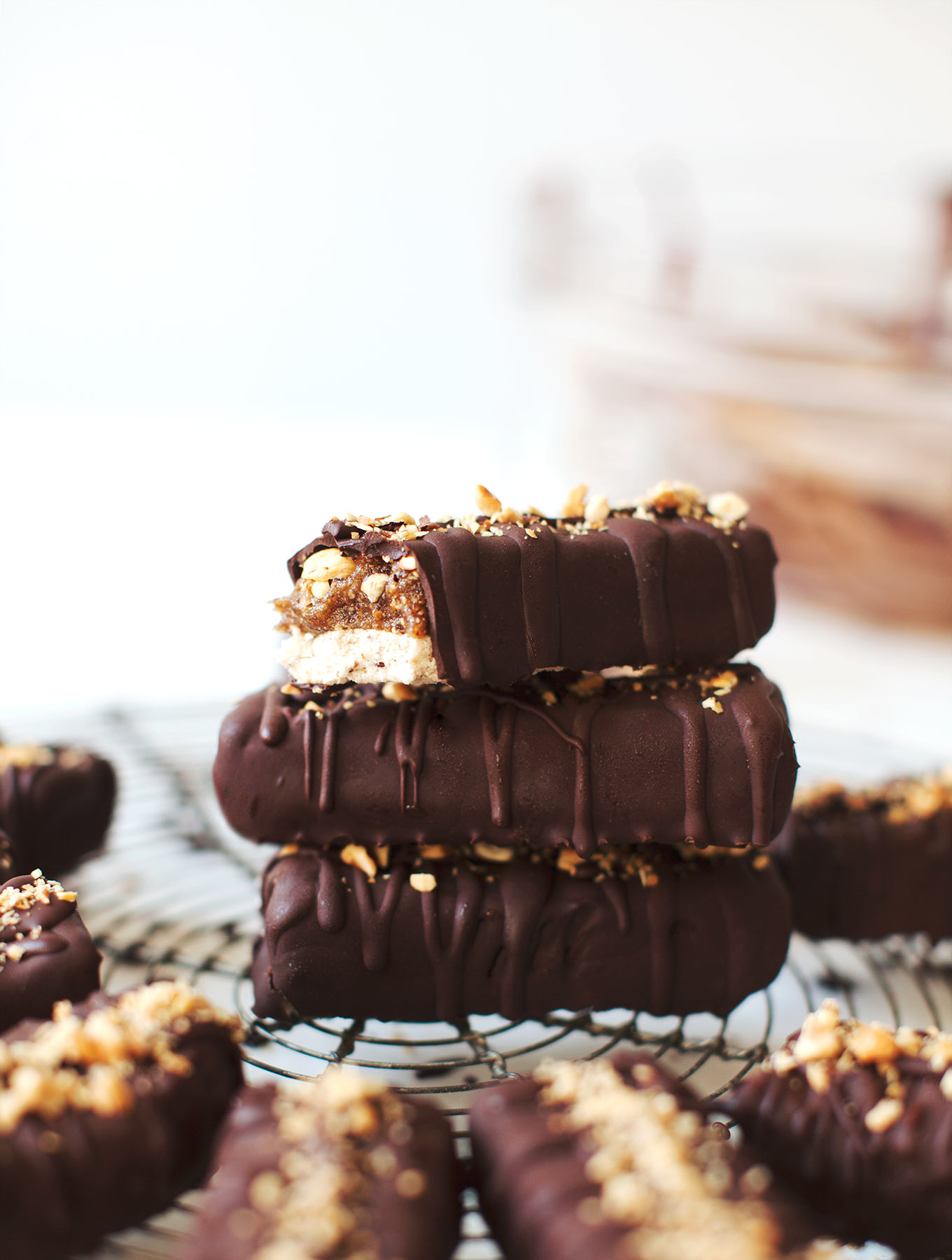
Being a recipe developer means grocery shopping almost every day. On my way out the door I always ask my husband if he would like anything from the store, and more often than not he says: “a treat, please”. Now, he doesn’t mean a lovely bag of blood oranges or a pint of juicy strawberries – he means a chocolate bar. Not a healthy chocolate bar. A low-vibe, sugar-laden, not-real-food chocolate bar. But I do not judge him. I just buy the thing and pick my battles (toilet cleaning and garbage disposal rank higher on my list).
Recently, standing near the cash register and cruising the candy bars like a very reluctant weirdo, I actually experienced a pang for one myself. That rich and total over-the-top decadence is not something I am often drawn to, but for whatever reason the Snickers and the Twix bar spoke to me like long lost friends. And that was the exact moment I decided that I was going to makeover my two favourites with the best whole food ingredients I could find, that would deliver both total satisfaction and nutrients. A healthy chocolate bar to end all healthy chocolate bars. Could such a dream be realized? Oh yes, the universe loves us and wants us to be happy.
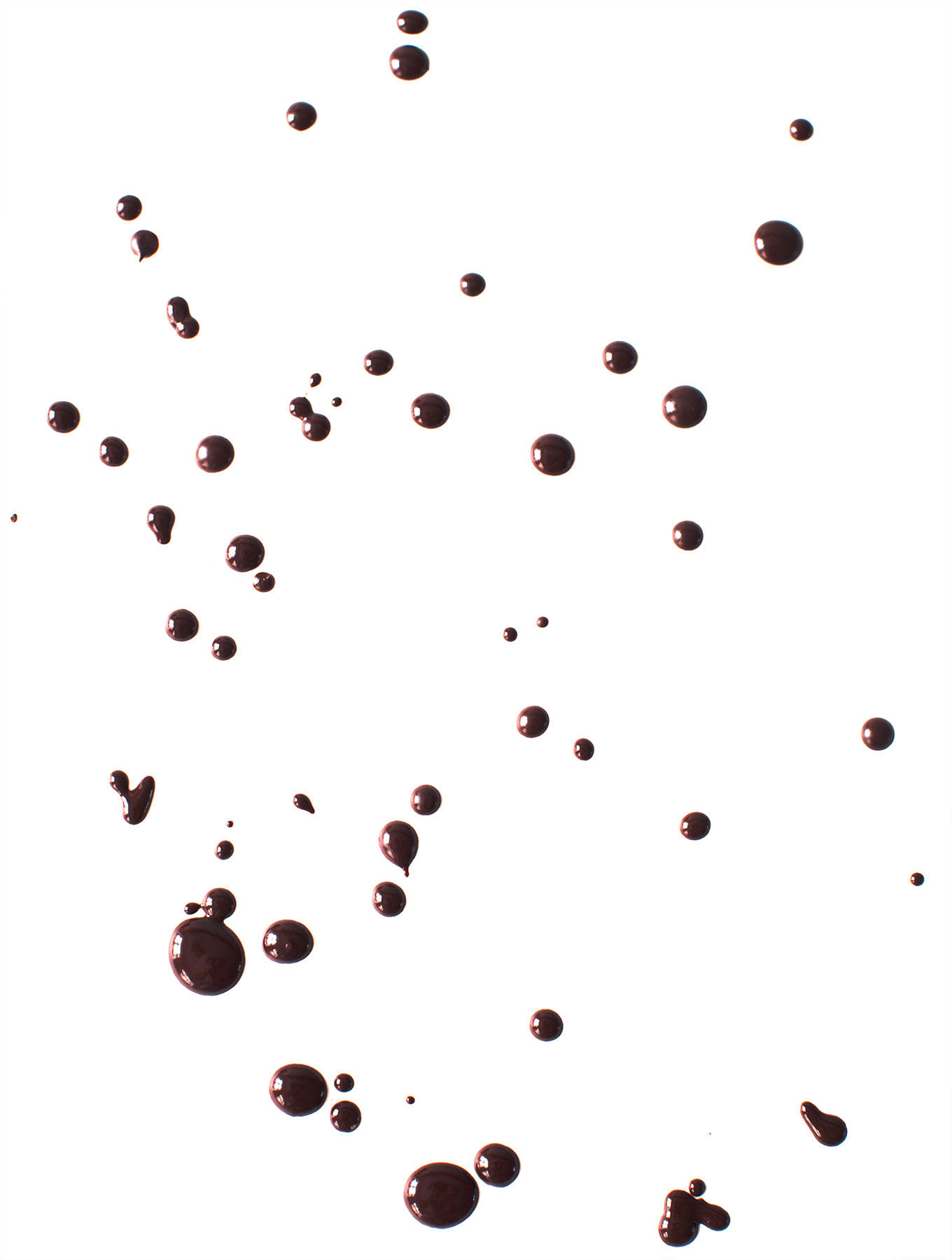
The Colossal Healthy Candy Bar is three tasty parts. First, the bottom biscuit layer inspired by Twix, is a mildly sweet, vegan and grain-free cookie made with coconut flour. It is crisp when it comes out of the oven, but goes pretty cake-y once it is combined with the other ingredients. Delicious nonetheless, and a pretty important counter-point to all the richness of the other layers.
Second, the caramel-and-nut layer inspired by Snickers, but with a twist: instead of just using dates in the caramel, I balanced out the sweetness by adding a healthy does of hazelnut butter. Wowzers. This was a very delicious decision. The caramel became far more complex, rich-tasting, and it is essential to note that this would make a fantastic spread or topping all on its own. If you do not have hazelnut butter, I recommend almond or cashew in its place (click here for instructions on how to make your own nut butter). Instead of using peanuts, I used roasted hazelnuts to sink into the top of the caramel for awesome texture and crunch – almonds could also be used here.
Lastly, each bar is enrobed in luscious, raw, dark chocolate. I usually use coconut oil in my raw chocolate recipes, but after reading the (incredible!) new cookbook Clean Cakes by Henrietta Inman I was convinced that using solely raw cacao butter was the way to go. It delivers a crisper finish and creamier texture. If you want to make things simpler and faster, feel free to use a ready-made bar of chocolate in this recipe instead of making your own. Raw chocolate is of course the healthier choice, but if you’re pressed for time or ingredients, this is a good shortcut to take.
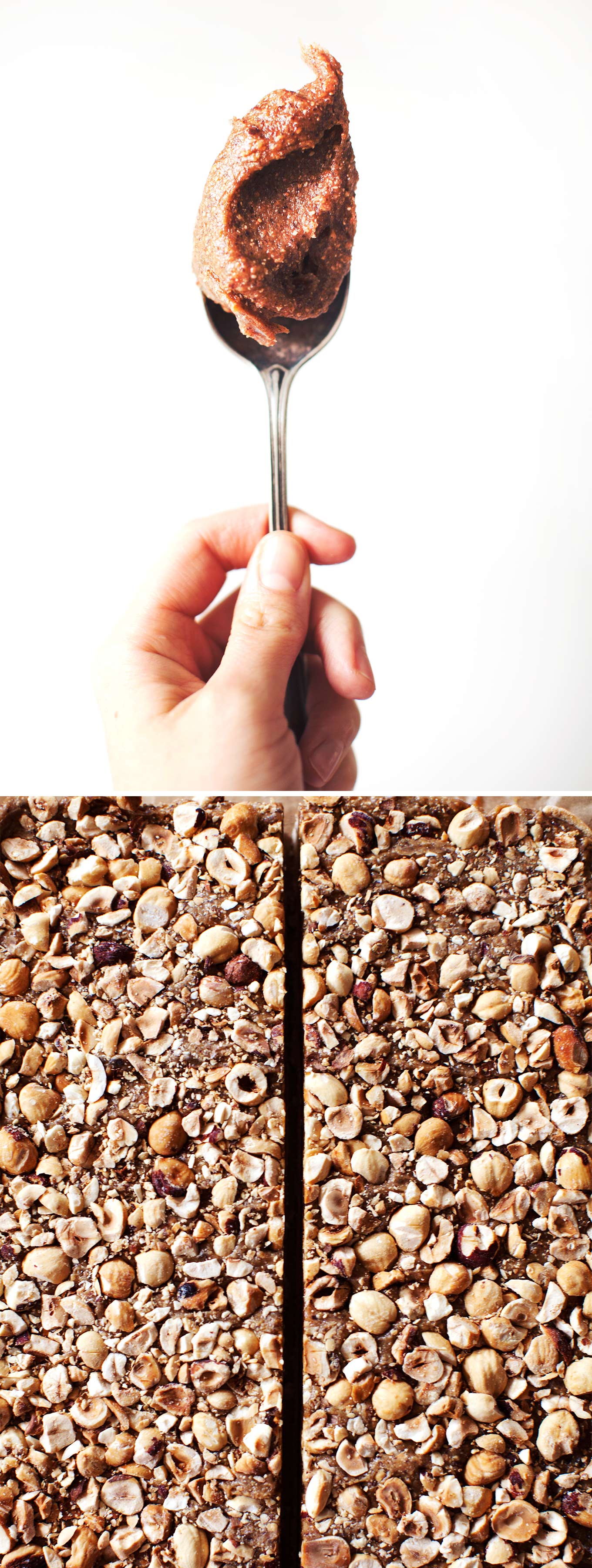
Coconut Flour Power!
With so many diets and lifestyles focusing on gluten-free and grain-free eating, coconut flour is wonderful option for many people. Made entirely from dried coconut flesh that is pulverized into a soft, fine powder, coconut flour is a nutrient-dense alternative that is increasingly available at health food stores and even supermarkets. Score!
There are several benefits of coconut flour, my favourite being that it is remarkably high in protein and fiber. Translation: super filling and satisfying! It is low in sugar and digestible carbohydrates, and scores low on the glycemic index, so it a perfect choice for paleo eaters and diabetics. It’s also nut-free and non-allergenic.
The flavour of coconut flour is slightly coconut-y, but not overwhelmingly so. I like it in things like these chocolate bars where there are many other strong tastes going on that overshadow the taste of the flour. If you want to compliment and enhance the flavour of the flour, use coconut milk as the liquid portion of a baked good. Seriously yummy.
What’s the catch I can hear you asking. Well, there are a few downsides to using coconut flour, mainly due to its density, dryness, and lack of elasticity. It’s certainly not a flour to experiment with if you’re looking to replace wheat flour for instance, as the two behave completely differently (that goes for using coconut flour in place of almost any other flour, whether grain, seed, or nut-based). Coconut flour is also crazy-absorbent and needs quite a large proportion of liquid to solid to avoid crumbly results (I’ve read the comments below and it seems like a lot of you are struggling with this factor!) Most recipes I’ve found online remedy this by using a lot of eggs, but I used applesauce and flax seeds instead with good results. Once you get the correct ratio down it’s pretty easy to work with, but I’ve learned the hard way that it’s best to use tried and true recipes with this finicky ingredient!
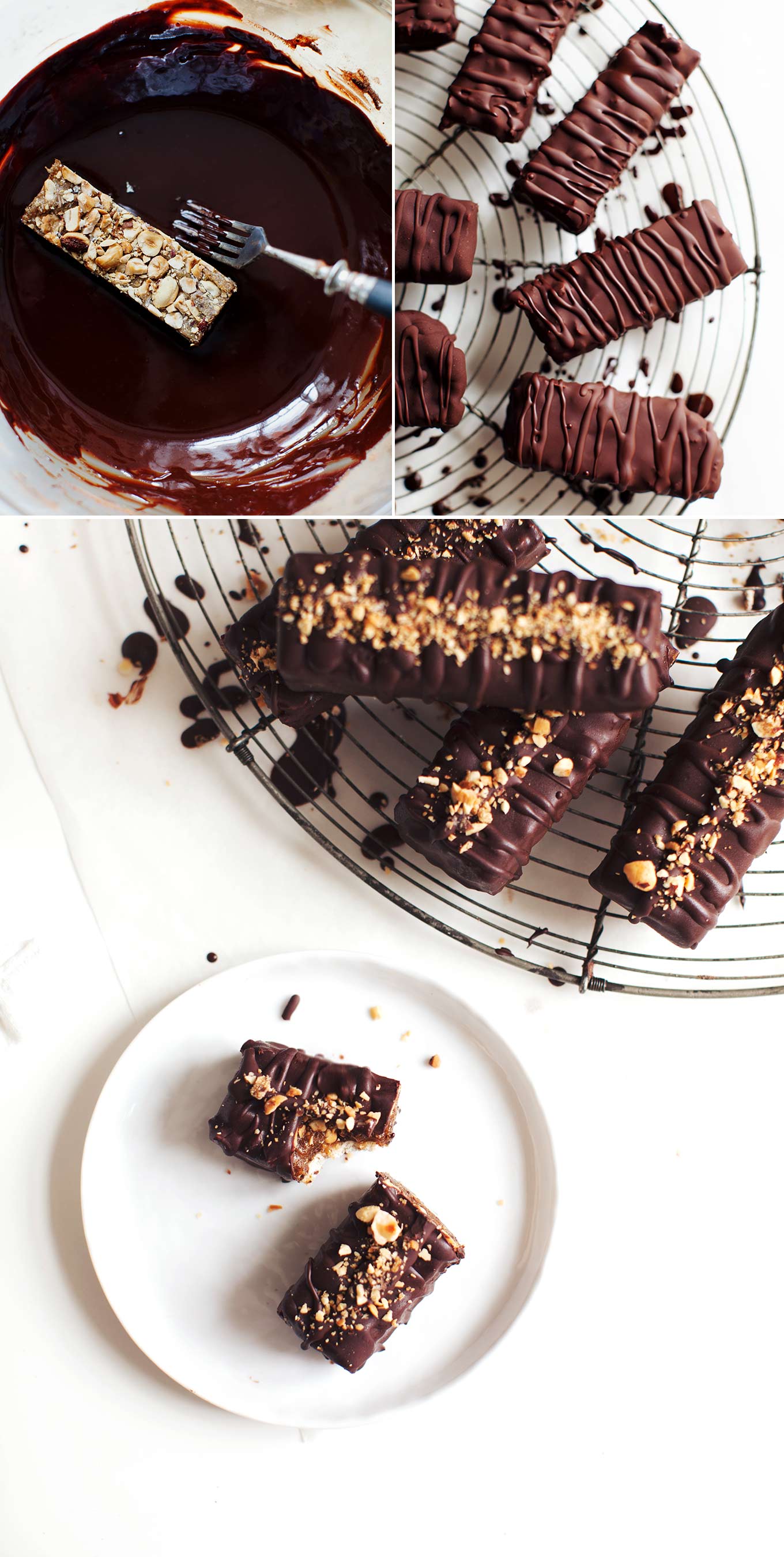
Back to the candy bars. Which are insane. These truly colossal creations have everything you could ever want: tasty cookie, ooey gooey chewy caramel, crunchy roasted nuts, divinely rich chocolate, and tiny salt kisses. I am so darn proud of this recipe, and I can’t believe that such a decadent thing can exist without making me feel lousy after eating it. In fact, I’ll go so far as to say that I feel colossally healthy after eating one. Or two. Stop looking at me like that.
The Colossal Healthy Candy Bar
Makes 16 bars
Coconut flour cookie bottom
1 ½ cups / 175g coconut flour
¼ tsp. fine sea salt
½ cup / 125ml unsweetened applesauce
2 Tbsp. ground flax seeds
1/3 cup / 85ml coconut oil, melted
2-3 Tbsp. maple syrup, as needed
Date and nut caramel
1 ¼ cup / 325g pitted soft dates
1/3 cup / 80 ml nut butter (I used hazelnut)
seeds of 1 vanilla bean
½ tsp. sea salt
Roasted nuts
¾ cup /115g raw hazelnuts or almonds
Raw chocolate coating
8.8 oz. / 250g cacao butter (not coconut butter or coconut oil)
1 ½ cup / 150g raw cacao powder
¼ cup / 60ml maple syrup
pinch of sea salt
Note: raw chocolate can be substituted with two 3½ oz. / 100g bars of dark chocolate (minimum 70% cacao).
Directions:
1. Start by making the cookie bottom. In a small bowl stir the applesauce and the ground flax together. Set aside and let gel for 15 minutes. Preheat the oven to 350°F / 175°C. In a large bowl sift together the coconut flour and sea salt. Stir in the melted coconut oil, two tablespoons of maple syrup, the applesauce-flax mixture and blend until the mixture holds together when pressed. If not, add the remaining tablespoon of maple syrup and stir to combine.
2. Line a brownie pan with baking paper and firmly press the mixture into the pan, especially around the edges. Place in the oven and bake for 12-15 minutes until the edges are beginning to turn golden. Remove from the oven and set aside to cool at room temperature.
3. Lower the oven temperature to 300°F/150°C. Spread the nuts out in a single layer on baking sheet and roast for 20-30 minutes until fragrant and slightly darker in colour (a good way to check is to cut one in half and check the colour in the center. Instead of cream, it should be golden). Remove from oven and let cool completely. If you are using hazelnuts, rub them together to remove as much of their skins as possible. Roughly chop and set aside.
4. Make the nut caramel. Add the pitted dates to a food processor and blend until creamy. Add the nut butter, vanilla bean, and sea salt. Taste and adjust according to your tastes.
5. Spread the nut caramel in an even layer over the cooled cookie bottom. Cover the caramel with the chopped toasted nuts, and press them down so that they are slightly sunken, reserving a few for garnish. Place the pan in the freezer to firm up for at least 4 hours (frozen bars are easier to cut and coat with chocolate).
6. Prepare the chocolate. Melt the cacao butter in a double boiler over barely simmering water. Remove from heat, stir in the maple syrup and salt, then sift in the cacao powder. Whisk together until smooth.
7. Remove the brownie pan from the freezer and pull up the edges of the baking paper to remove the filling. Place on a cutting board and slice into 16 equal bars.
8. Roll each bar in the melted chocolate, then pick up using a fork, allowing most of the excess chocolate to drip off. Set on a wrack and let harden. Take remaining chocolate and drizzle across the width of the bar to create a design (this step is optional, but it makes the bars look really beautiful). While the chocolate is still wet, sprinkle with remaining hazelnuts and let set. Place all bars in the freezer to firm up. Store in an airtight container in the freezer, and remove 10-15 minutes before serving. (Note: these are okay outside of the freezer, but if you’re using raw chocolate they will be relatively soft if left at room temperature).
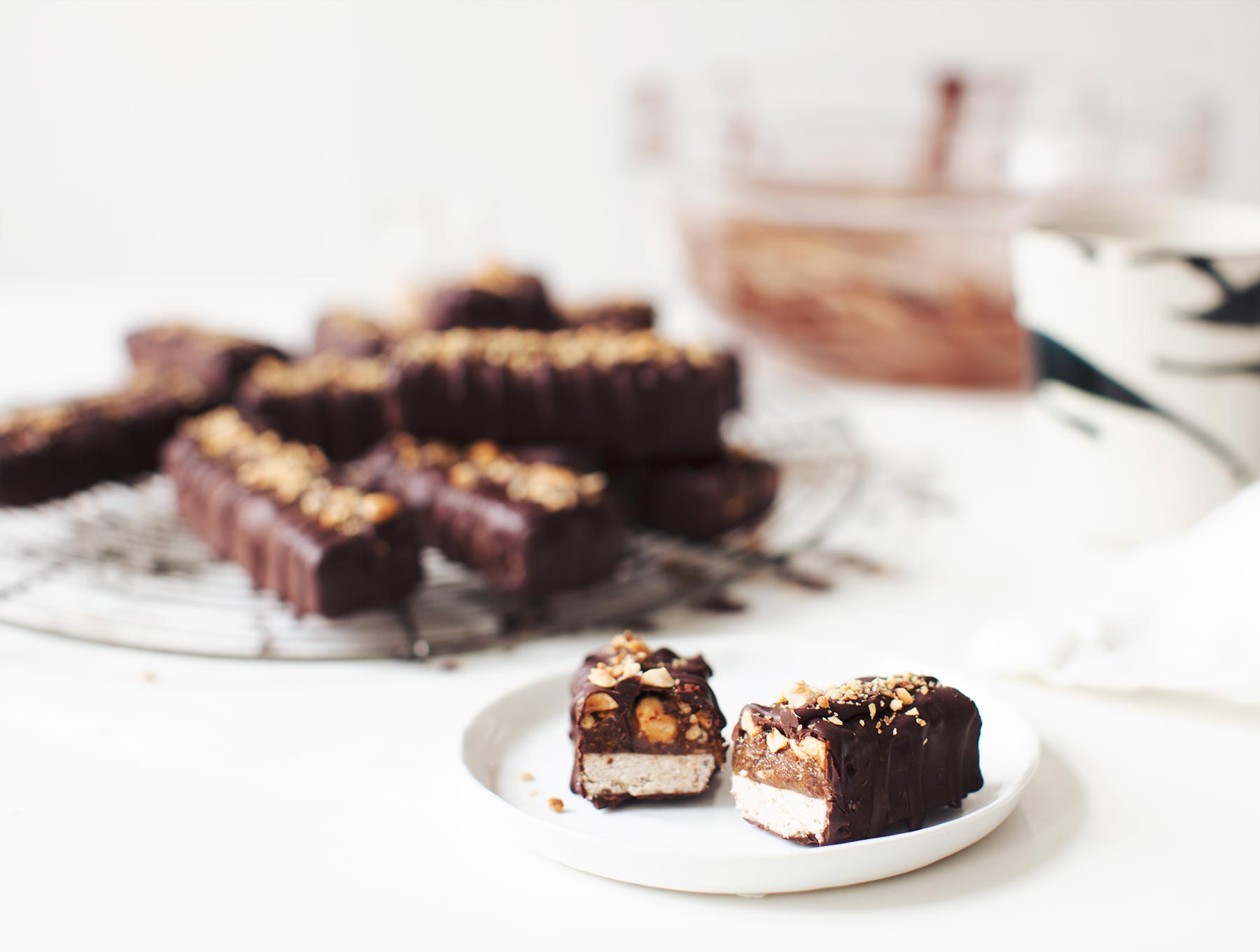
I hope you guys find as much satisfaction in this recipe as I have. It’s pretty rad to have a stockpile of candy bars in your freezer for when the urge strikes, and to keep you out of the chocolate aisle on your next trip to the store! For the record, if you see me there, I’m buying treats for my husband…since I’m really bad at sharing.
Show me your candy bars on Instagram: #MNRchocolatebars
The post The Colossal Healthy Chocolate Bar appeared first on My New Roots.



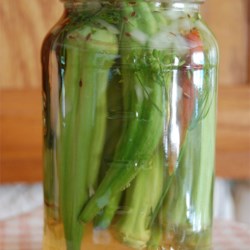
 You know that old question “Are you a breast man or a leg man?”… Well I’m no man, but let’s apply it to a different subject and talk about chicken! When it comes to chicken I’m definitely a breast girl. People say chicken breast lacks flavour and is dry, but when cooked well I can’t go past the white meat.
You know that old question “Are you a breast man or a leg man?”… Well I’m no man, but let’s apply it to a different subject and talk about chicken! When it comes to chicken I’m definitely a breast girl. People say chicken breast lacks flavour and is dry, but when cooked well I can’t go past the white meat.